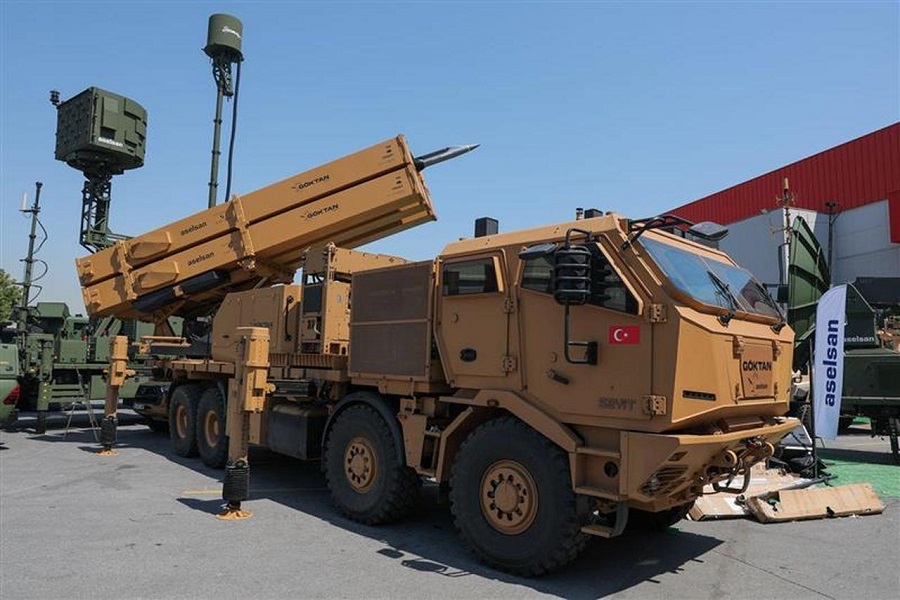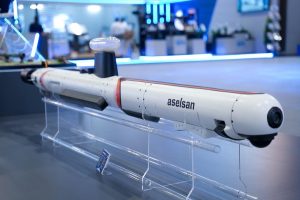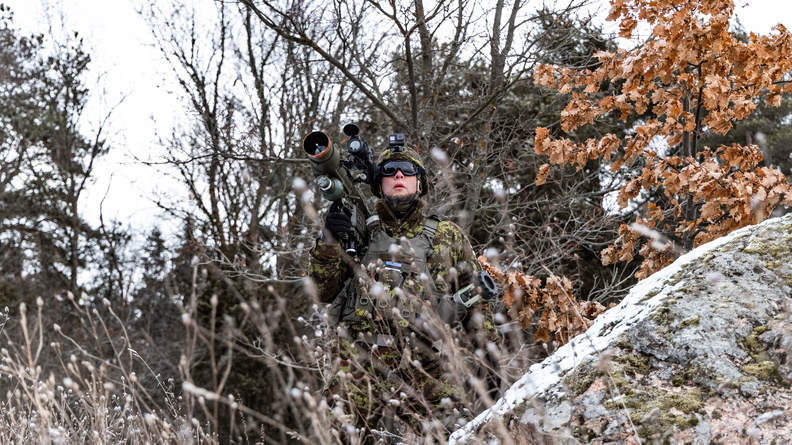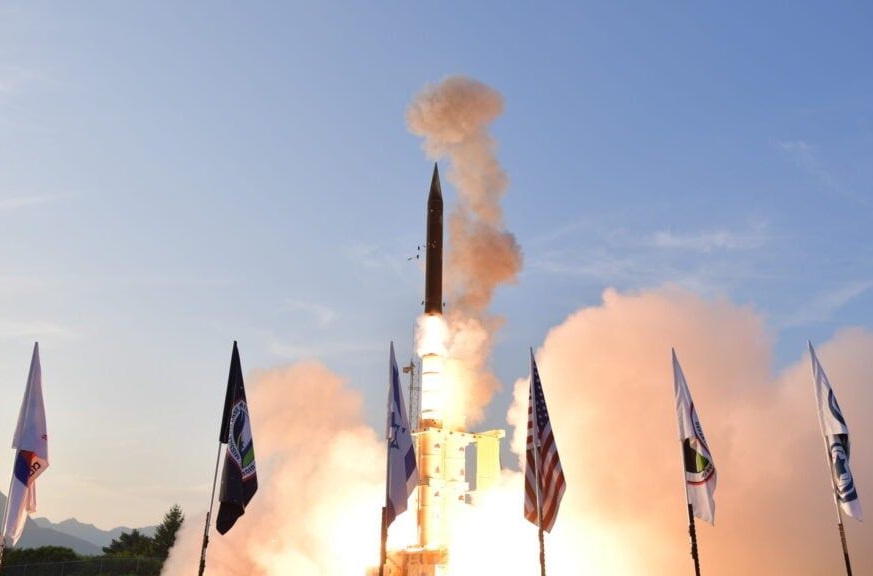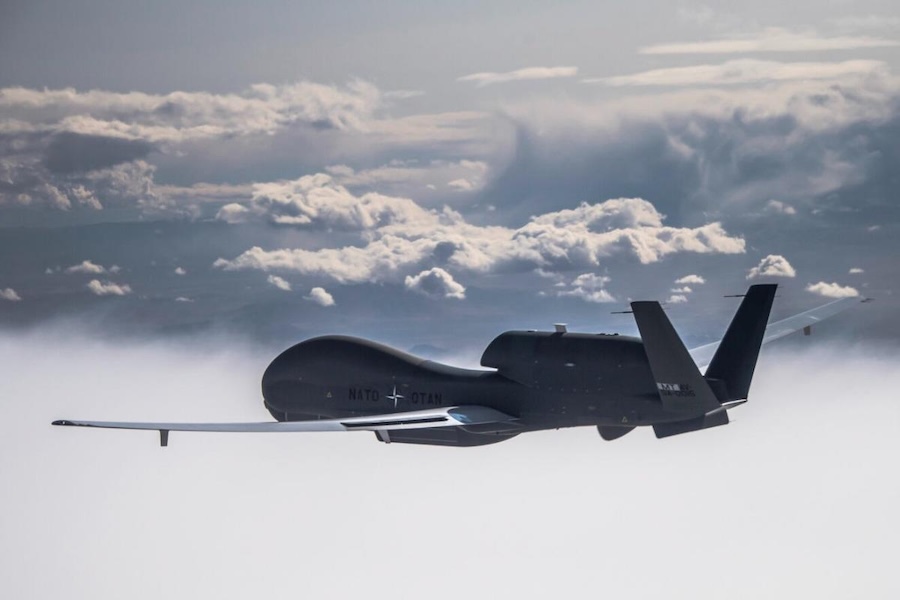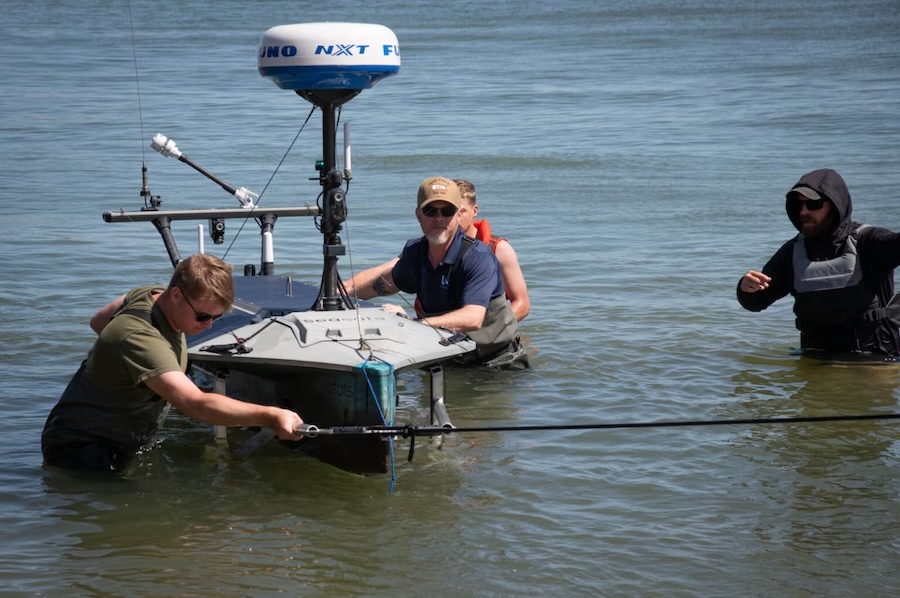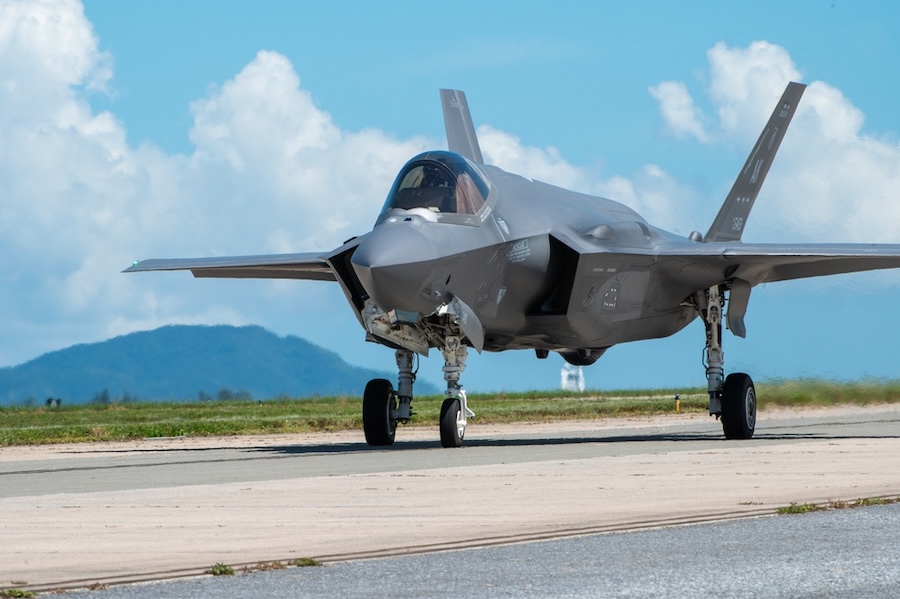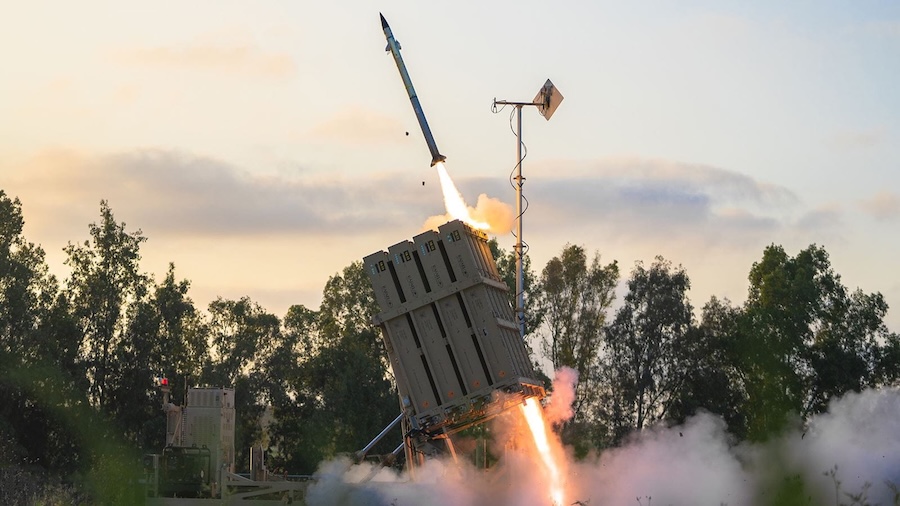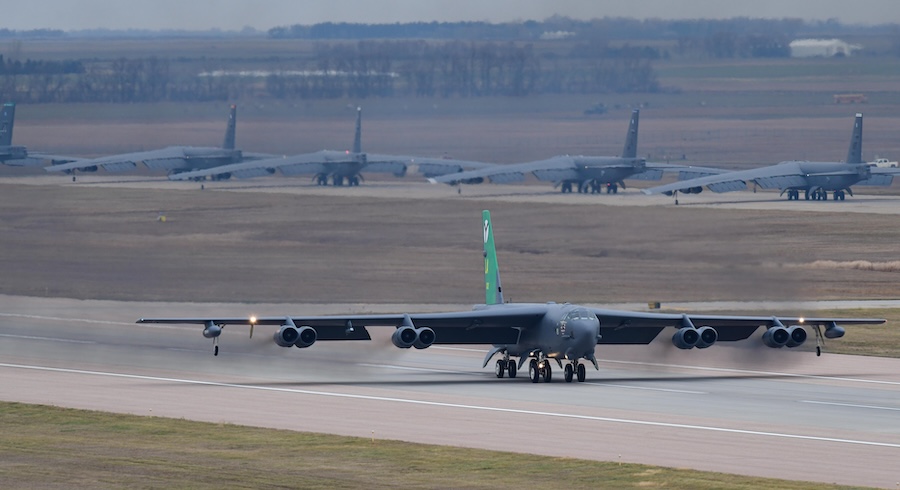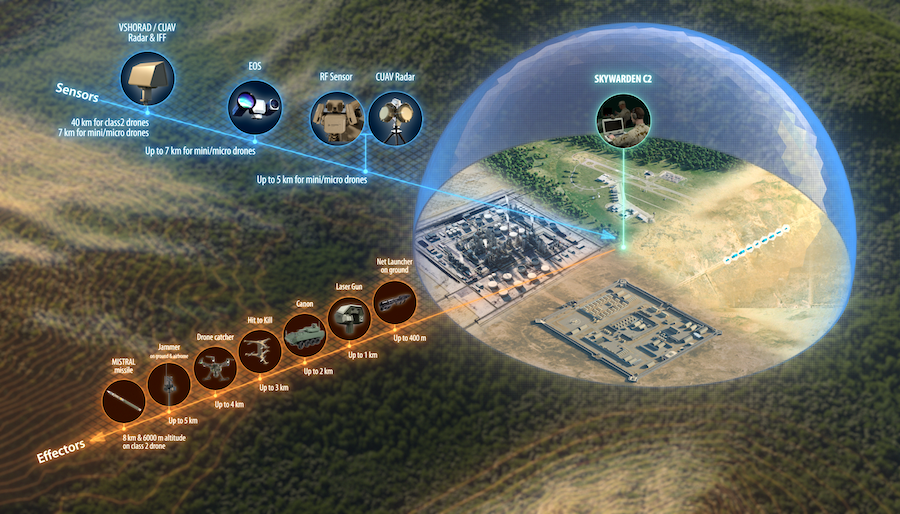The Goktan system addresses the growing demand for long-range indirect fire solutions, influenced by operational needs observed during the Russian-Ukrainian conflict. It enables precise strikes in all weather conditions without requiring aircraft to enter hostile airspace protected by enemy air defences.
The Tolun-S munition, derived from ASELSAN’s air-launched Tolun small-diameter bomb, measures 1,850 mm in length, 191 mm in width, and 269 mm in height with folded wings. It weighs 137 kilograms and carries a 105-kilogram warhead equipped with a hardened nose, capable of penetrating up to one metre of reinforced concrete.
At launch, the complete system including its booster weighs approximately 700 kilograms. The hybrid-propellant rocket motor booster, developed by Turkish firm DeltaV, accounts for more than 550 kilograms of that total.
“Goktan is engineered to conduct long-range ground-to-ground strikes with high accuracy under all weather and lighting conditions,” ASELSAN stated. The company claims a circular error probable (CEP) of less than 10 metres.
The system employs a six-canister launcher displayed on a Seyit 6×6 tactical truck produced by Anadolu Defence. This platform features an armoured cabin and can support a payload of up to 18,500 kilograms.
Upon launch at an elevation of 70–75 degrees, the missile separates from its booster at peak altitude, deploys its wings, and follows pre-programmed waypoints to the target. Fire control allows for airburst, delayed detonation, or point impact modes depending on the target profile.
Goktan’s guidance system combines GNSS and INS with a four-channel Controlled Reception Pattern Antenna (CRPA) and anti-spoofing software. Operators can also adjust attack direction and impact angle through the mission planning tool to optimise effect on the target.
The system supports key capabilities such as a full 360-degree strike envelope, simultaneous engagement of multiple targets, and operation without the need for aircraft in contested airspaces. It is suitable for both mobile and fixed deployment in diverse operational scenarios.
“In operational zones under the threat of enemy air defence systems, the weapon offers 360-degree strike capability without requiring an aircraft to approach the target area,” ASELSAN documentation noted.
Tolun-S underwent its first test launch in mid-February 2025 at the Sinop test range in northern Türkiye, using a ramp configuration. ASELSAN is currently in discussions with the Turkish Land Forces, which are expected to become the first users of the system.
The development reflects several years of domestic research and integration of insights gained from recent regional conflicts. Goktan addresses a doctrinal gap between conventional artillery and ballistic missile capabilities.
Unlike traditional systems such as the U.S.-made HIMARS or Israel’s EXTRA, which rely on fixed trajectories, Goktan enables autonomous target selection and re-engagement, potentially shortening operational timelines. Its modular architecture ensures platform flexibility and compatibility with various command-and-control systems.




